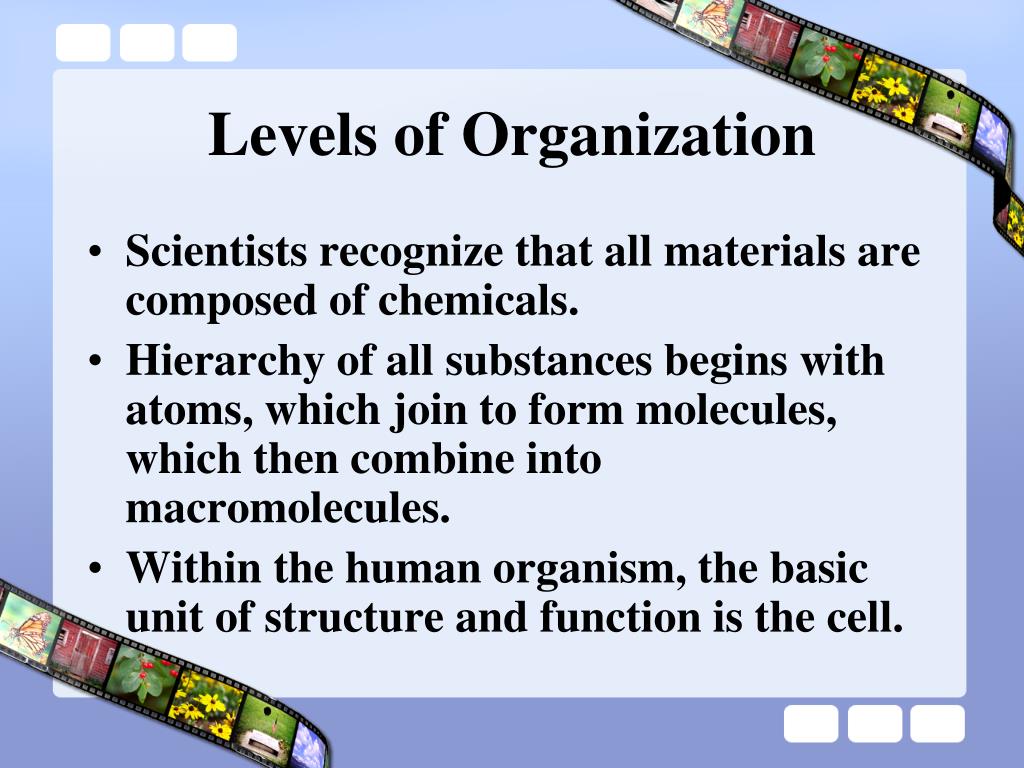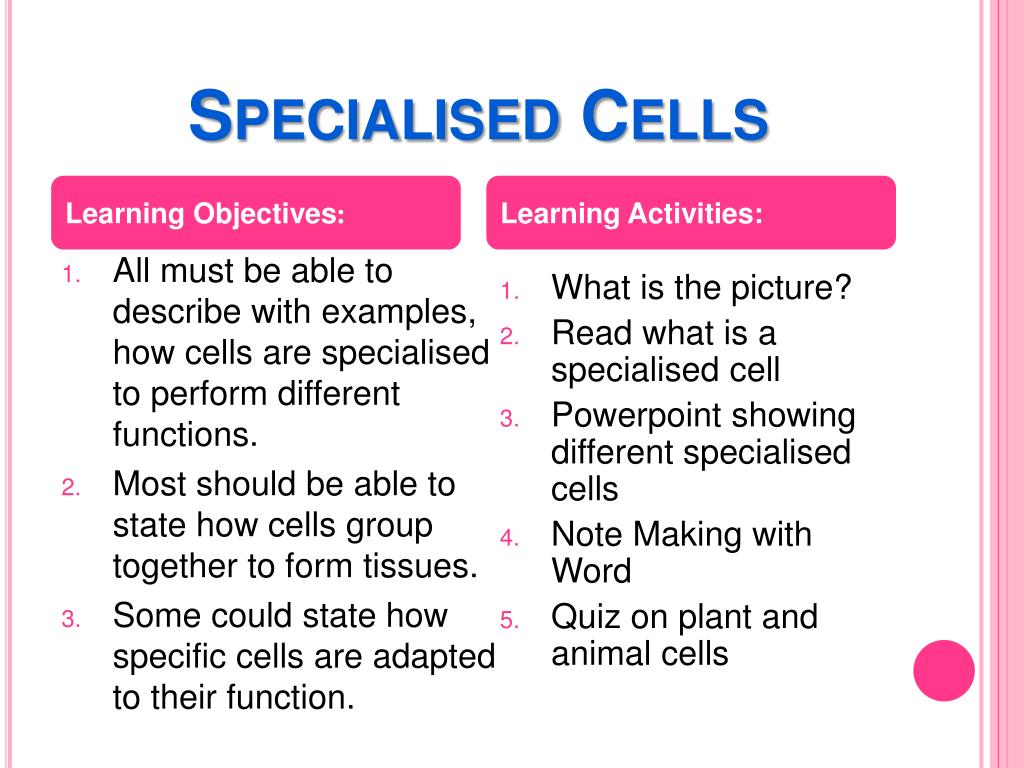

The cell organelles together make a cell that has life in it.Learn Exam Concepts on Embibe Cellular Level Cell organelles have no independent existence.Įxamples: Nucleus, Ribosomes, Mitochondria, Chloroplast, Vacuoles, Golgi complex.Their location inside the cell is also different. Each cell organelle has a different function, structure and characteristics.At this stage, the biological complexes or macromolecules assemble to form cell organelles.Besides these, many other elements are needed in this most basic level, like \(Fe, Cu, Ca, Mg, Mn, Se, Ni, K, Zn, Cl,\) etc.Įxamples: Oxygen atom, Oxygen molecule, Phosphate group, Proteins, RNA, DNA \(C, H, O, N, P,\) and \(S\) are the six elements that are biologically most important.They make the very core of all biological systems, but still, life is not present in them.At this stage, these entities exist and carry out reactions, but those are not considered living.One can start at the acellular level, which has atoms, molecules and biological macromolecules.Biological levels of organisation are seen in living organisms whereas ecological levels are those used in ecological systems. On a broader scale, the levels of organisation can be categorised into biological and ecological groups. The levels of organisation can thus be arranged in a hierarchical fashion which is based on complexity seen in living organisms.

They must be homologous with organisms in a free-living state.The parts that form a higher-level whole must interact with each other.Any entity to be called a level of organisation must fulfil two conditions.

Biological systems range from simplest unicellular organisms to most complex multicellular giant organisms.


 0 kommentar(er)
0 kommentar(er)
